How to Pressure Wash Your Deck: Tips and Tricks
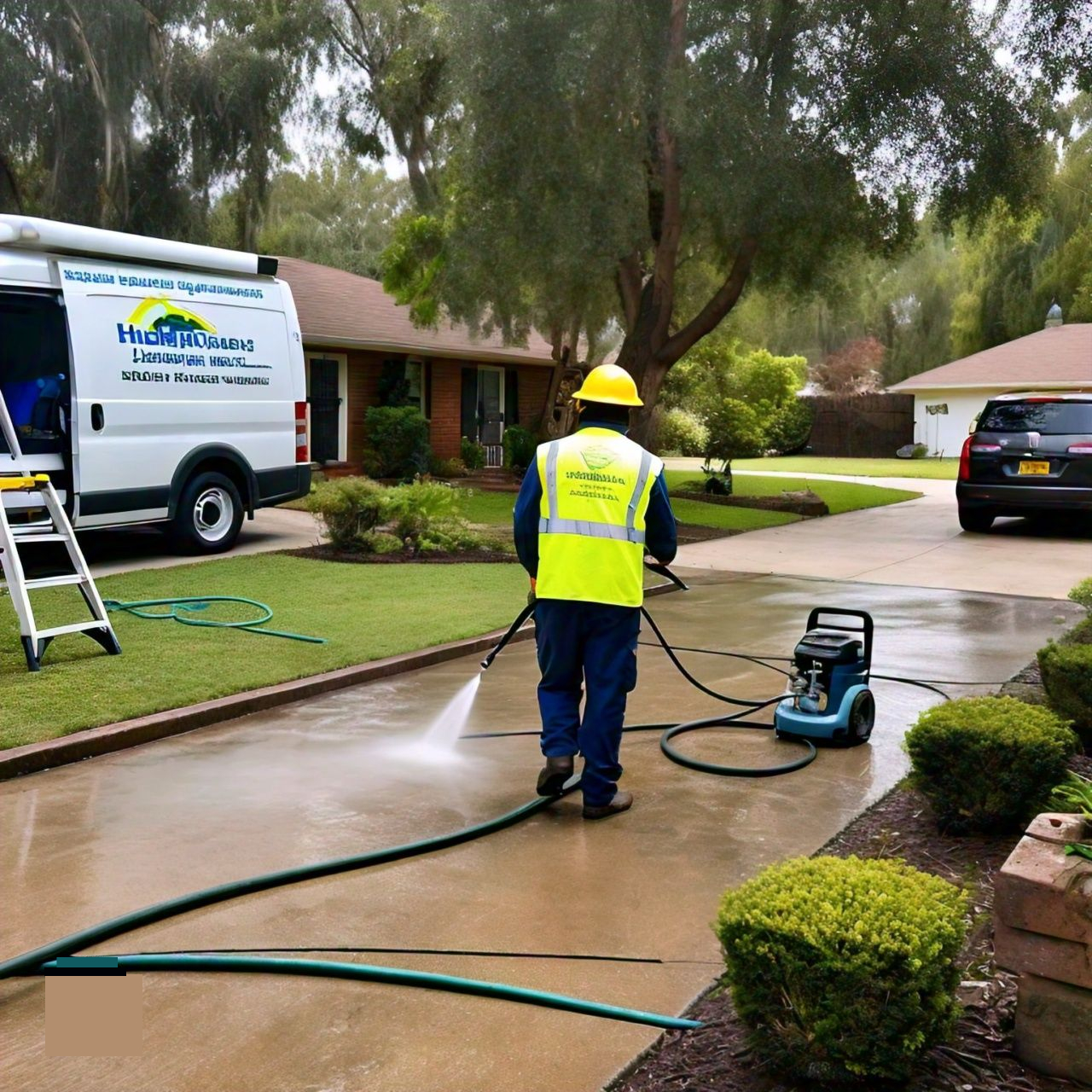
How to Pressure Wash Your Deck: Tips and Tricks
A clean deck can transform your outdoor space, making it inviting and safe for summer gatherings. Over time, decks accumulate dirt, grime, mold, and mildew that regular sweeping or scrubbing may not remove. Pressure washing is an effective way to restore your deck’s beauty—but it’s important to do it safely and correctly. Here’s a step-by-step guide with tips and tricks for a flawless finish.
1. Gather the Right Equipment
Before starting, make sure you have:
Pressure washer (ideally 1500–2500 PSI for wood decks)
Safety gear: goggles, gloves, and non-slip shoes
Deck cleaning solution or mild detergent
Stiff-bristle brush for tough stains
Garden hose for rinsing
2. Prepare Your Deck
Remove furniture and plants: Clear the area completely.
Sweep debris: Remove leaves, dirt, and dust to prevent clogging the pressure washer.
Inspect wood: Check for loose boards or nails and repair as needed.
3. Choose the Right Pressure
For softwoods like pine, keep the pressure lower (around 1500 PSI) to avoid damage.
Hardwoods like cedar or redwood can handle higher pressure (up to 2500 PSI).
Test on a small, inconspicuous area first to prevent gouging or splintering.
4. Use Proper Technique
Hold the nozzle 6–12 inches from the deck surface.
Keep the spray moving in smooth, even strokes along the wood grain.
Avoid lingering in one spot, as concentrated pressure can etch the wood.
Use a fan tip nozzle for even coverage.
5. Apply Deck Cleaner if Needed
For stubborn mold or mildew, apply a deck cleaning solution.
Let it sit for 10–15 minutes, but don’t let it dry completely.
Rinse thoroughly with the pressure washer.
6. Rinse and Let Dry
After cleaning, rinse the entire deck thoroughly to remove residue.
Allow the deck to dry completely (usually 24–48 hours) before applying sealant or moving furniture back.
7. Optional: Seal Your Deck
Once dry, applying a deck sealer helps protect the wood from moisture, UV rays, and stains.
Choose a sealer suitable for your deck’s wood type and follow manufacturer instructions.
Pro Tips
Always spray along the grain, not against it.
Avoid using bleach-based cleaners on wood—it can damage the finish.
Consider a lower PSI setting if you have older or weathered boards.
Regular maintenance (sweeping and washing) extends the life of your deck.
Conclusion
Pressure washing your deck is an efficient way to remove dirt, mold, and mildew, restoring it to its original beauty. By following these tips and using the right technique, you can achieve professional-looking results while keeping your deck safe and undamaged. With a clean, well-maintained deck, your outdoor space becomes a perfect spot for relaxation and entertaining


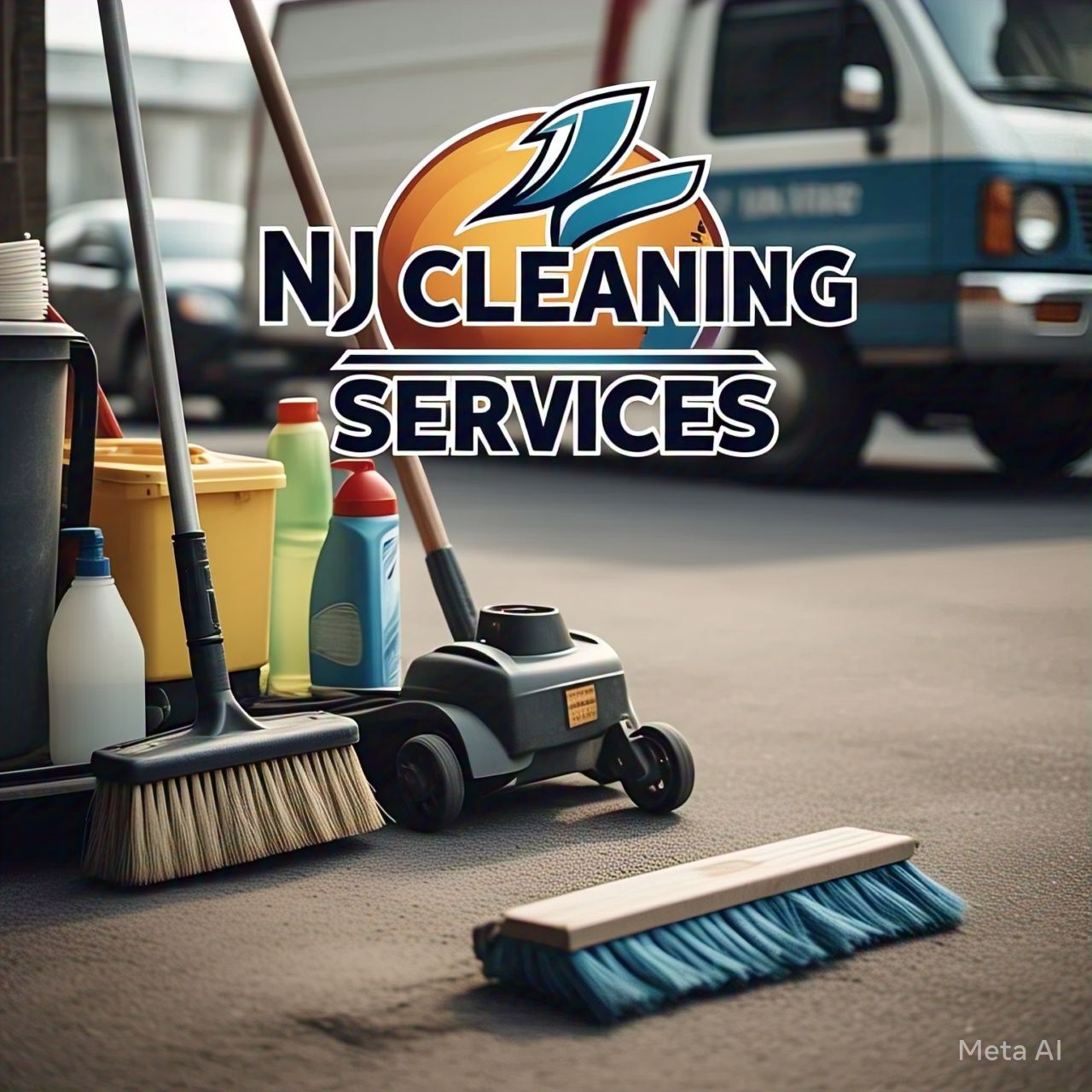
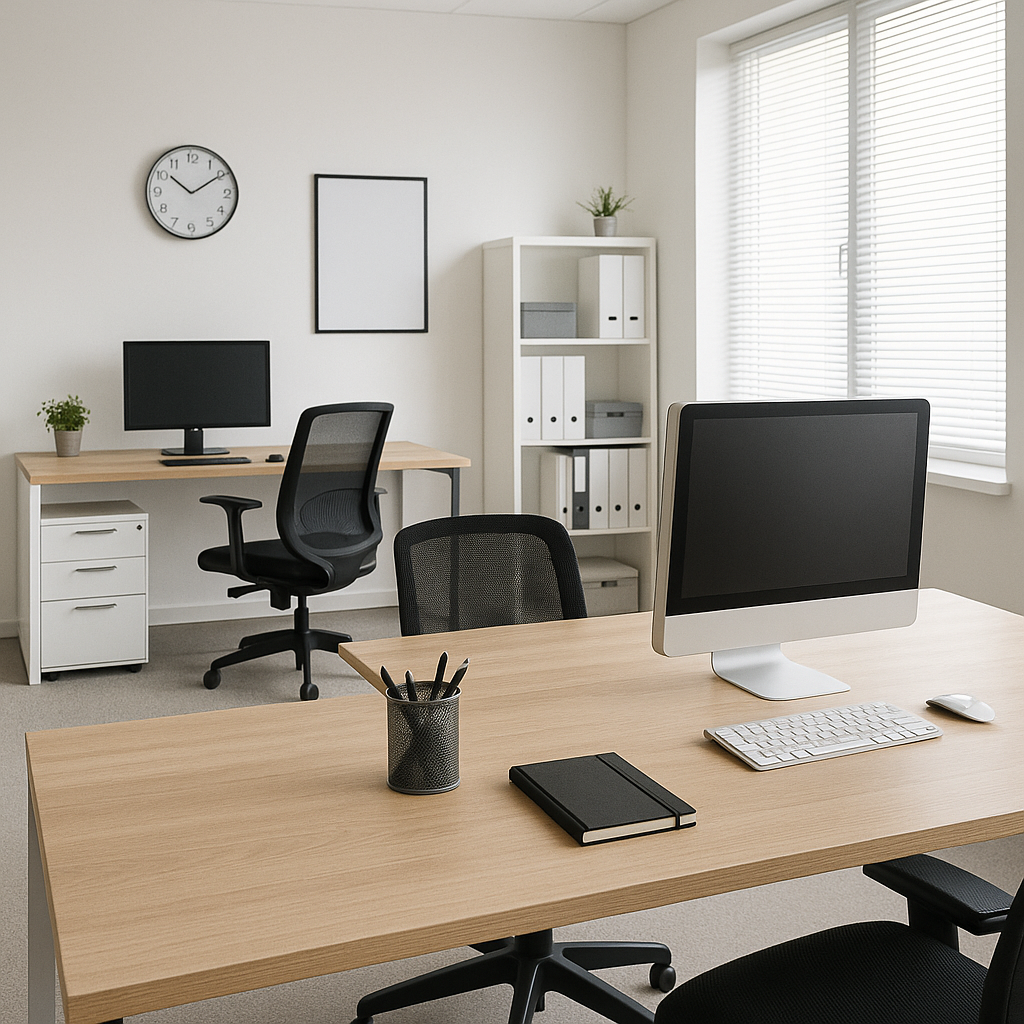
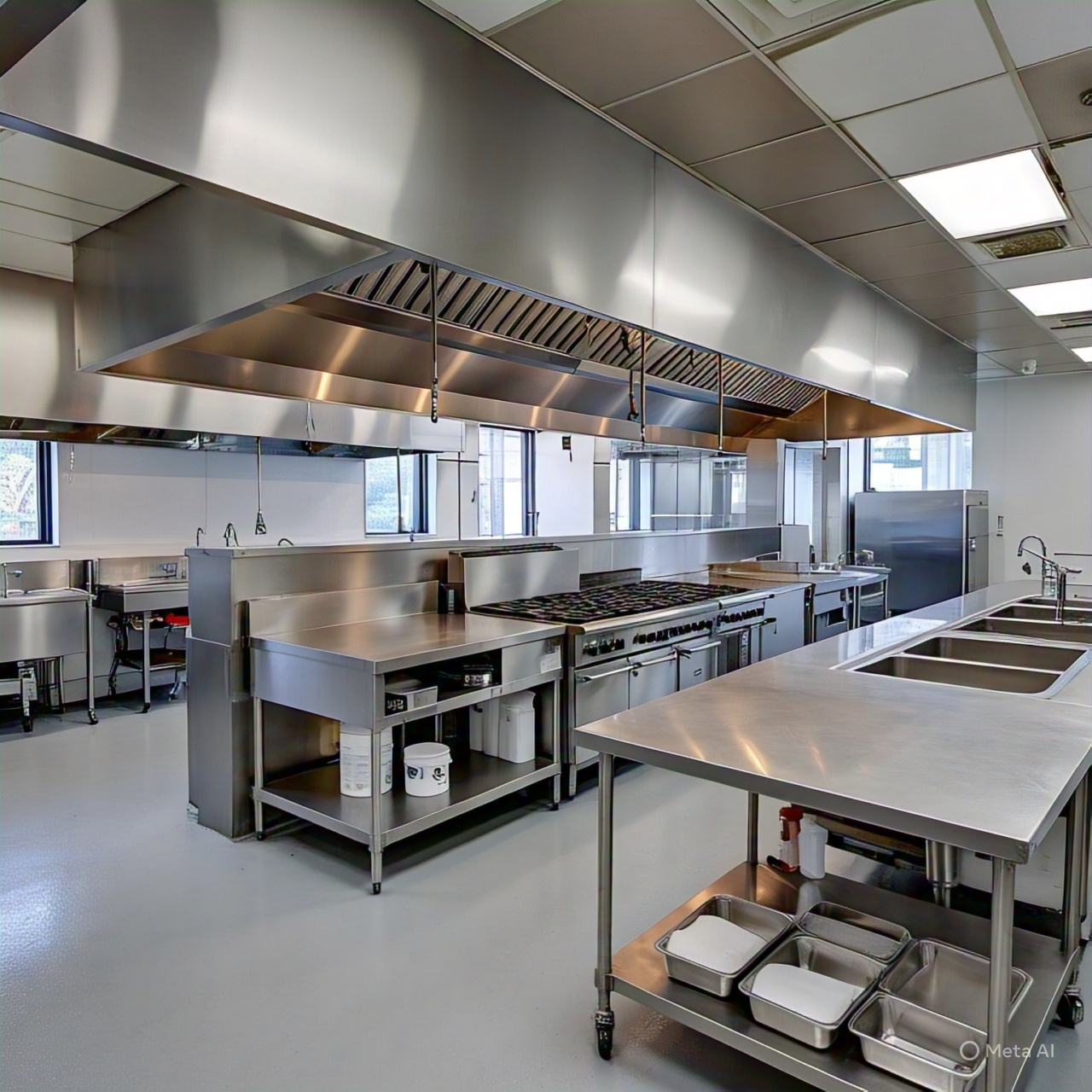






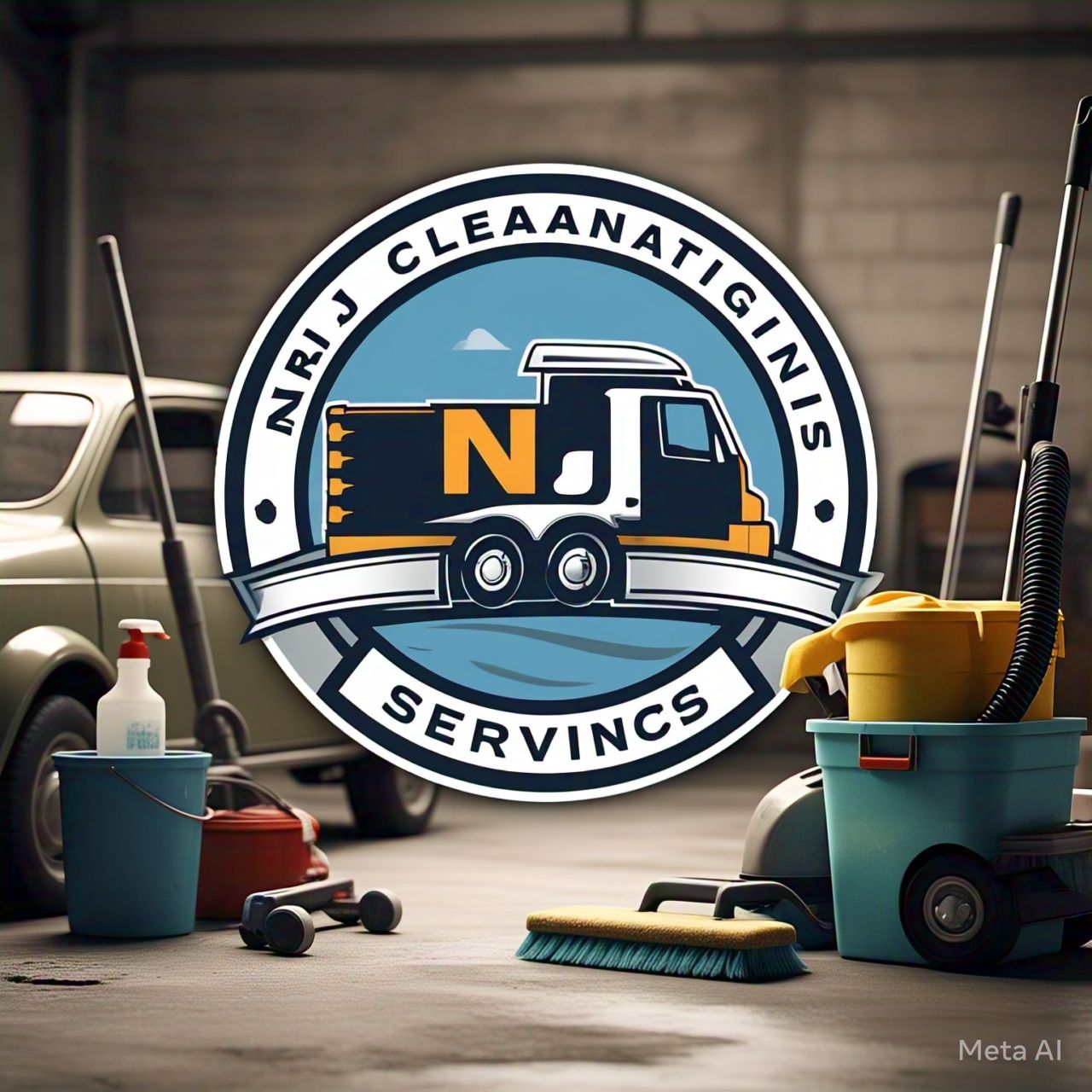
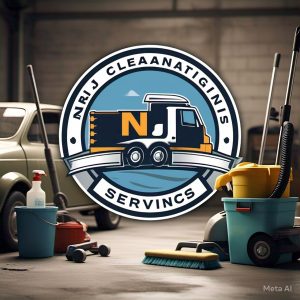 Are you tired of spending hours cleaning your home, only to feel like it’s still not sparkling clean? As a busy homeowner, it can be challenging to balance work, family, and social responsibilities with keeping your home tidy. But fear not! We’ve got some time-saving cleaning hacks to share with you that will make cleaning a breeze, even on the busiest of days.
Are you tired of spending hours cleaning your home, only to feel like it’s still not sparkling clean? As a busy homeowner, it can be challenging to balance work, family, and social responsibilities with keeping your home tidy. But fear not! We’ve got some time-saving cleaning hacks to share with you that will make cleaning a breeze, even on the busiest of days.
